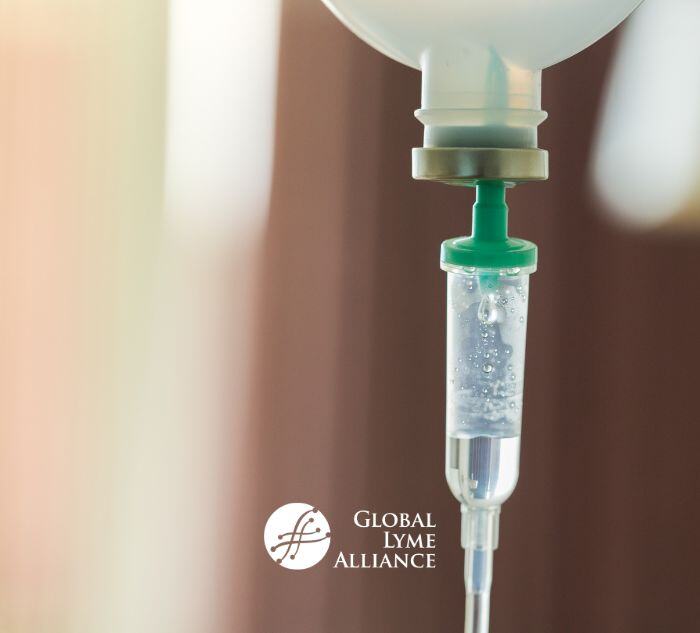
Learn about Supportive Oligonucleotide Therapy (SOT) as a potential treatment for Lyme disease, exploring its effectiveness and safety, along with research findings and considerations for patients.
In addition to or in lieu of standard antibiotic treatment, other treatments for Lyme disease are being evaluated. Antibiotics don’t work fully for some patients; 10-20% who are treated with antibiotics in an early stage of Lyme disease still go on to experience persistent symptoms, while others who are not treated until later stages of the disease need multiple courses of oral or intravenous antibiotics that may help but not cure an infection. Researchers are exploring different antibiotic combinations as well other non-antibiotic therapies. One is called Supportive Oligonucleotide Therapy (SOT), also known as Antisense Oligonucleotide Therapy (ASOT) in medical research. Let’s explore what SOT therapy is and how it works.
What is SOT Therapy?
SOT is used for many diseases. It can target bacterial and viral pathogens, as well as cancer cells. SOT uses lab-created nucleic acids, which are segments of genetic material designed to inhibit the production of proteins or gene expressions responsible for a disease. SOT creates a specific “key” that targets a “lock” within the DNA of a pathogen (like Borrelia burgdorferi) or a cancer cell. This “lock” is a critical DNA segment that regulates an essential function of the pathogen or cell. When the “key” binds to this “lock,” it disrupts the function, causing the pathogen to die. The SOT compound then continues to find and attack new targets, providing continuous treatment against infection for several months.
How Does SOT Therapy Work?
Supportive Oligonucleotide Therapy (SOT) is created from a patient’s blood that contains circulating Lyme bacteria or other pathogens. The blood sample is sent to a specialized laboratory, which develops the SOT. The therapy is then administered intravenously in a clinical setting. Intravenous administration allows SOT to circulate throughout the body, including crossing the blood-brain barrier. When SOT encounters the Lyme bacteria Borrelia burgdorferi, it disrupts their replication process. SOT has the unique ability capability to evade the immune system and avoid being destroyed by existing bacteria, allowing it to effectively target and embed into Lyme bacteria, leading to their eventual eradication.
Is SOT safe?
SOT therapy is administered under clinical observation. Before the SOT infusion, intravenous antihistamines and steroids are provided to reduce the risk of allergic reactions and to strengthen vein walls, minimizing the leakage of the therapy.
What does the research on SOT therapy say?
A study published in 2022 evaluated the use of SOT in patients infected with Epstein-Barr virus, Herpes Simplex Virus, or Lyme disease. SOT was created for 115 patients with one of these infections. The study found that for Lyme disease, “one or two SOT administrations can lead to a significant decrease in DNA copies…These preliminary results indicate that antisense SOT therapy can be considered a potential treatment for viral as well as Lyme diseases.” The study did not evaluate whether SOT therapy is effective for other tick-borne diseases.
Can I get SOT therapy for Lyme disease?
SOT therapy seems promising, but more research is needed. Talk to your Lyme Literate Medical Doctor (LLMD) about the availability of SOT and whether it would be an appropriate therapy for your case.
Sources:
https://projectlyme.org/supportive-oligonucleotide-therapy-sot-for-lyme/
https://www.ncbi.nlm.nih.gov/pmc/articles/PMC9680246/
https://imcwc.com/supportive-oligonucleotide-technique/%20To
The above material is provided for information purposes only. The material (a) is not nor should be considered, or used as a substitute for, medical advice, diagnosis, or treatment, nor (b) does it necessarily represent endorsement by or an official position of Global Lyme Alliance, Inc. or any of its directors, officers, advisors or volunteers. Advice on the testing, treatment or care of an individual patient should be obtained through consultation with a physician who has examined that patient or is familiar with that patient’s medical history.
***








-2.jpg)